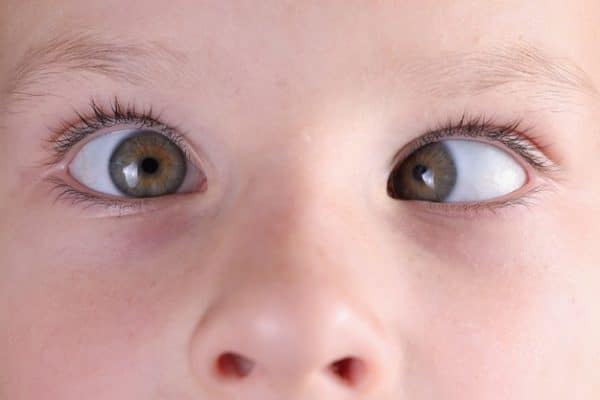
Strabismus in children. What are its types and treatment methods?
Strabismus in children. What are its types and treatment methods?
Introduction
Strabismus is an intermittent or fixed imbalance of the eyes or one of them, so that one of the eyes deviates inward or outward and in some cases is skewed down or up, and although it is not common in children, the fear of it raises concern among parents.
Types of Strabismus
There are several types of strabismus, including:
- Internal or medial strabismus: This type appears at birth and disappears after the first six months.
- Permanent strabismus: affects the person at all times.
- Intermittent strabismus: this sometimes appears and sometimes disappears.
- interchanged strabismus: This is where strabismus is transmitted from one eye to another.
- Hidden strabismus: It is the one that appears on a medical examination or in case of exhaustion.
What are the causes of strabismus in children?
- Congenital causes, which appear in the baby in the first six months.
- Vision defects, such as long-sightedness or near-sightedness.
- Brain tumors.
- Malignant tumors of the retina.
- Inflammation of the nerve supplying the affected muscle.
- Bleeding of vitreous fluid in the eye.
How is strabismus treated?
The eye moves by six muscles, and strabismus is caused by an imbalance between them, so surgery is the best solution for treatment, as during the surgery, the eye muscles are strengthened or weakened to restore the balance that was defective, so that vision becomes normal.
Conclusion
Your child is your custody, so remember that it is necessary to present the child periodically to the ophthalmologist from a young age, because this helps in the early detection of cases of strabismus, as the degree of deviation in some cases is small or unnoticeable, so you must pay attention and note any deviation in the child’s eye in order to be treated in a timely manner, and because the delay in treating the condition harms the child, and affects his psychology, behavior and personality.
It’s even more important to have your child’s eyes examined early when there are cases of “strabismus” in the family.




